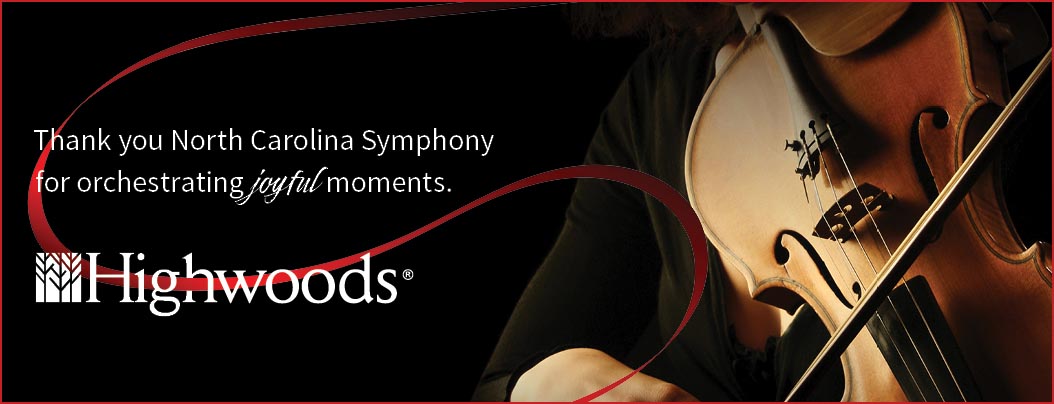Nights in the Gardens of Spain for Piano and Orchestra
Manuel de Falla (1876-1946)
Scroll down to see the German text and English translation
THE STORY
Night has been a source of constant inspiration for music, from the serenades of Mozart to the gorgeous nocturnes of Chopin. Manuel de Falla’s contribution to music of the night is rooted in Spanish folk song and dance. Born on the southern coast of Spain in the city of Cádiz, de Falla studied classical composition in Madrid, where he was also exposed to the fiery dance rhythms of Andalusian flamenco. The marriage of these two styles defined his identity as a composer.
Initially he wrote a set of four nocturnes for solo piano, but a friend advised him to adapt it for a large ensemble, recognizing the work’s textural possibilities were only achievable by an orchestra. De Falla wisely took the suggestion, returning to Spain and working on the piece over the next eight years. The result was a three-part work for piano and orchestra; de Falla insisted it was not a concerto featuring a soloist, but rather a complete work in which the piano was an integral part of the orchestral texture. After a premiere in Madrid in 1916, the work quickly gained performances in Paris, London, and Buenos Aires.
LISTEN FOR
- The pizzicatos in the strings, imitating Spanish guitars, which open the first movement titled In the Generalife, named for a summer palace in Granada
- The flamenco dance rhythms and harmonies in the second movement, Distant Dance, depicting the titillating effect on a listener witnessing an exotic dance occurring in a garden seen from a distance
- The piano in the third movement, In the Gardens of the Sierra de Córdoba, which takes on the role of cante jondo, or “deep song”—the dramatic and intense singing style of flamenco
INSTRUMENTATION
Solo piano; piccolo, three flutes, two oboes, English horn, two clarinets, two bassoons, four horns, two trumpets, three trombones, tuba, timpani, percussion, harp, celesta, strings
